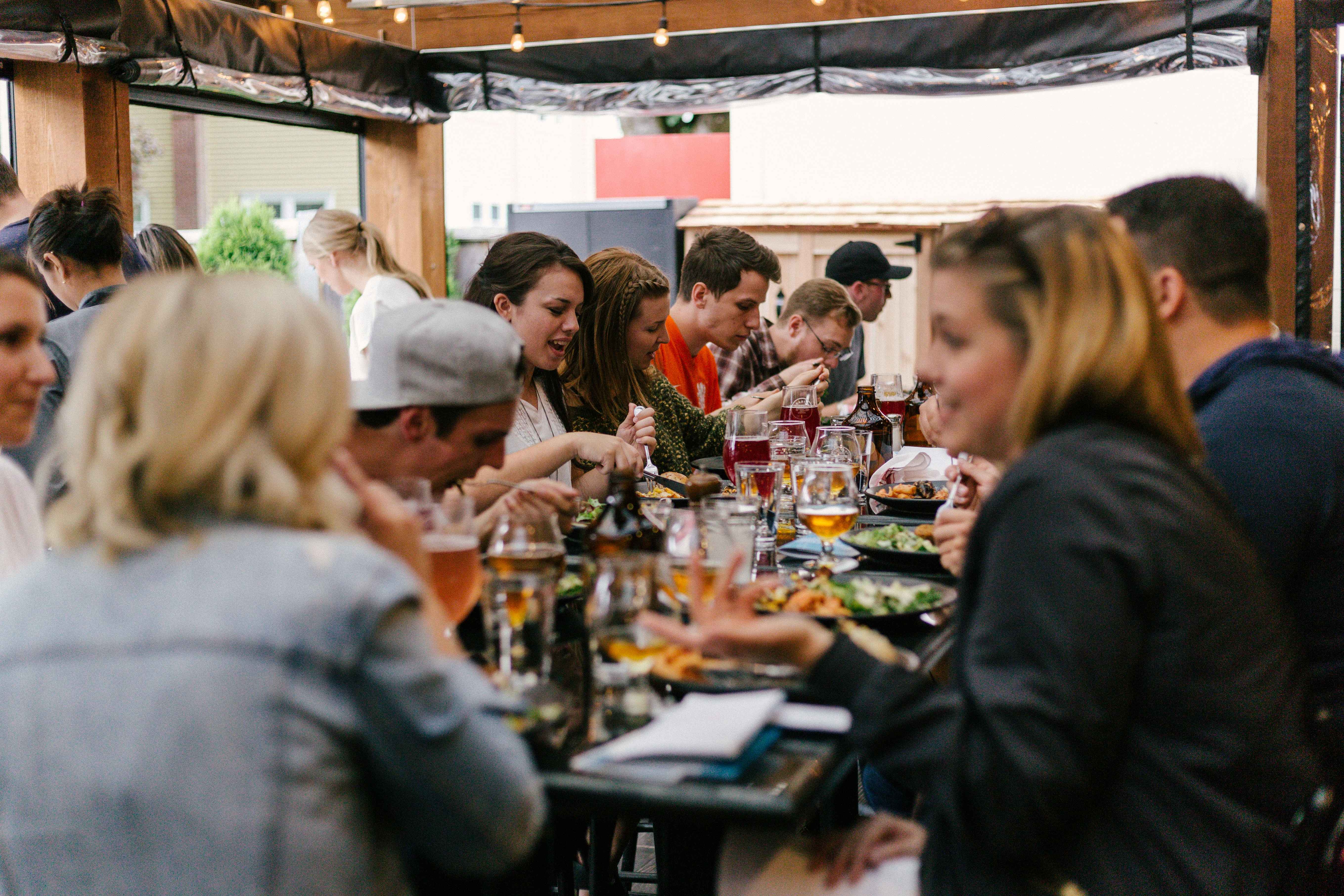
Co-living spaces have emerged as a popular solution to the modern housing crisis, offering affordable, flexible, and social living environments that cater to young professionals, digital nomads, and people seeking shared experiences. However, a successful co-living space is more than just shared accommodation—it’s about fostering a genuine sense of community. For landlords, creating this environment is key to attracting and retaining tenants, increasing the property’s value, and enhancing tenant satisfaction. Here's a guide to best practices for building community in co-living spaces, optimised for search engines (SEO) to help landlords looking to improve their property management.
Why Community Matters in Co-Living Spaces
Community is the core of the co-living concept. Residents aren’t just looking for a place to sleep; they’re looking for meaningful connections and a sense of belonging. A strong sense of community not only improves tenants’ happiness and well-being but also leads to longer-term tenancies, fewer vacancies, and higher tenant retention rates.
Key Benefits of Building a Community in Co-Living Spaces:
Tenant Satisfaction: Happy tenants are more likely to extend their stay, refer friends, and take care of the property.
Increased Tenant Retention: Reducing turnover means less time and money spent on finding new tenants.
Higher Property Value: A well-managed, community-driven co-living space can increase the property’s appeal and value.
Word-of-Mouth Marketing: A positive community atmosphere will encourage tenants to share their experiences, helping you market your property organically.
Best Practices for Landlords to Foster Community
1. Design Shared Spaces for Interaction
The physical design of a co-living space plays a huge role in how people interact. Shared spaces, like kitchens, living rooms, and outdoor areas, should be designed to encourage organic interactions among tenants.
Comfortable and Spacious Common Areas: Ensure communal areas are large enough for group gatherings but also cosy enough for smaller, intimate interactions.
Flexible Layouts: Adaptable furniture that can be reconfigured for different events (movie nights, game nights, etc.) helps create a versatile environment.
Considerate Lighting: Use warm lighting and comfortable seating to make shared areas feel inviting and homely.
2. Host Regular Social Events
One of the best ways to break the ice and foster relationships between tenants is by hosting events. These can range from weekly dinners to themed parties or skill-sharing workshops.
Community Meals: Organising regular dinners where everyone contributes a dish fosters a sense of sharing and togetherness.
Workshops or Classes: Invite tenants to teach something they’re good at—whether it’s yoga, cooking, or coding. This gives everyone a chance to bond over shared interests.
Celebrating Milestones: Organise events around holidays, birthdays, or community achievements to create a shared calendar of celebrations.
3. Use Technology to Your Advantage
Technology plays an essential role in modern co-living spaces, helping landlords manage properties more efficiently and keeping tenants connected.
Community Apps: Use apps that help tenants communicate, book shared spaces, or even organise events. Apps like Slack or WhatsApp can also foster easy communication and help newcomers integrate quickly.
Digital Housekeeping Systems: Streamline cleaning schedules, maintenance requests, and other tasks with property management software, ensuring transparency and accountability.
Virtual Social Spaces: For tenants with busy schedules, virtual events (like online movie nights or Zoom fitness classes) can keep the community connected.
4. Encourage Diversity and Inclusivity
A vibrant co-living community thrives on diversity. Encourage an inclusive culture where tenants from all walks of life feel welcome. Having a diverse group of tenants brings different perspectives and experiences that enrich the living environment.
Inclusive House Rules: Establish clear guidelines that promote respect, inclusivity, and understanding among residents.
Diverse Programming: Offer events that cater to various cultural backgrounds and interests.
Conflict Resolution: Implement fair conflict resolution policies to handle disputes and ensure everyone feels heard and respected.
5. Foster a Sense of Ownership
Tenants who feel like they have a stake in the community are more likely to contribute positively and stay longer. Empower residents by giving them some ownership of the shared space.
Resident Input: Involve tenants in decision-making processes, such as voting on new furniture or suggesting event ideas.
Shared Responsibilities: Encourage tenants to take part in light community duties, such as organising events or helping with communal upkeep.
Feedback Loops: Regularly ask for feedback from tenants and make improvements based on their suggestions.
6. Prioritise Mental and Physical Well-being
A healthy community is a happy one. Make sure to prioritise both the mental and physical well-being of your tenants by offering spaces and activities that cater to their overall health.
Wellness Spaces: Create designated areas for relaxation, meditation, or yoga where tenants can unwind.
Fitness Opportunities: Offer gym memberships, or encourage group activities like hikes or runs to promote physical well-being.
Mental Health Support: Provide resources for mental health, such as access to counselling services or workshops focused on stress management.
Conclusion
Building a strong sense of community in co-living spaces is essential for creating a sustainable and profitable living environment. By focusing on thoughtful design, fostering interaction, utilising technology, and prioritising inclusivity, landlords can create a co-living experience that tenants will love. Not only does this improve tenant satisfaction and retention, but it also increases the long-term value of the property.
Whether you’re just starting a co-living project or looking to enhance an existing one, these best practices will help ensure your co-living space thrives as a vibrant, welcoming community.
Remember: A happy community means happy tenants, which translates to long-term success for your property.
